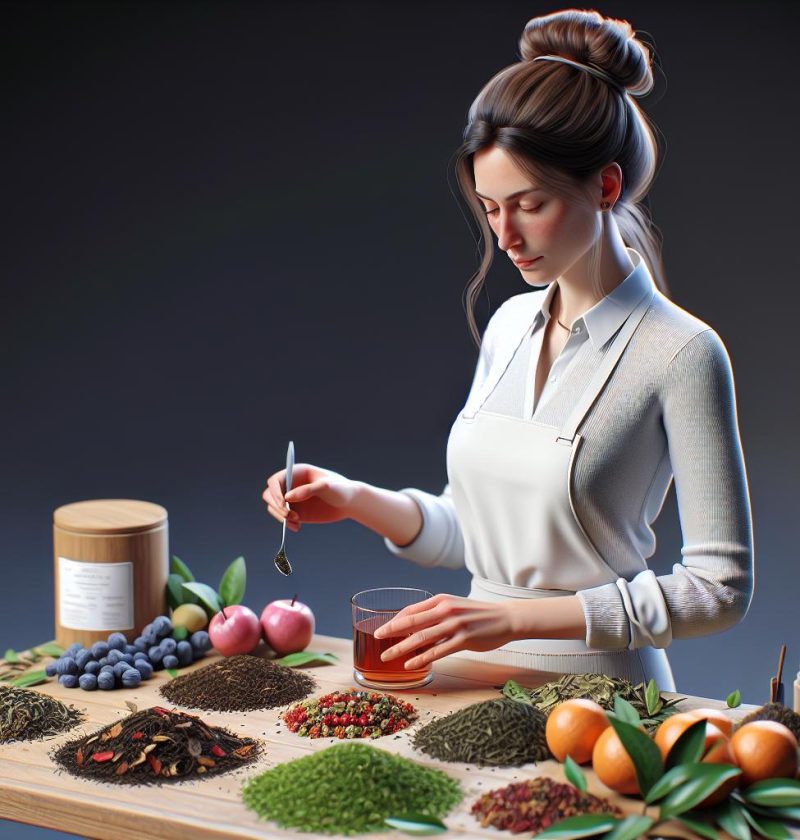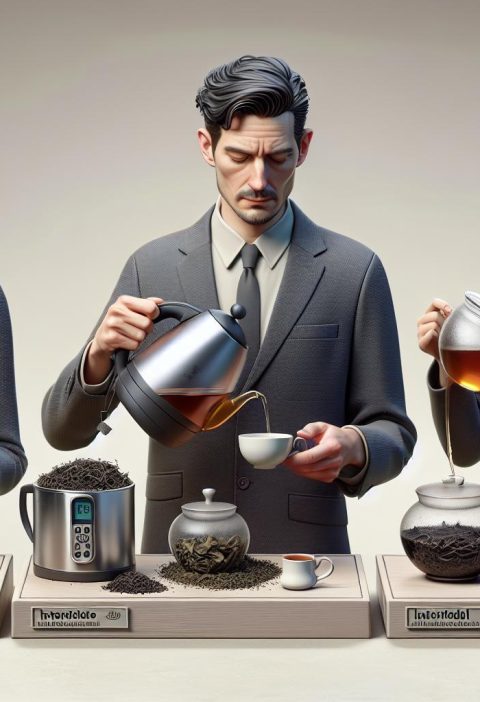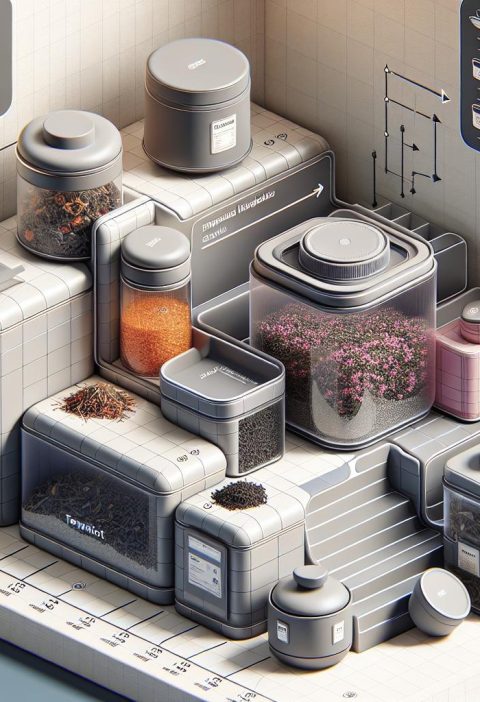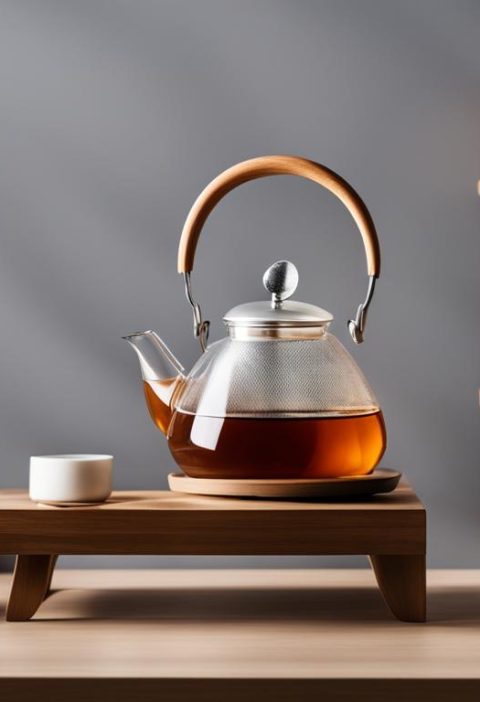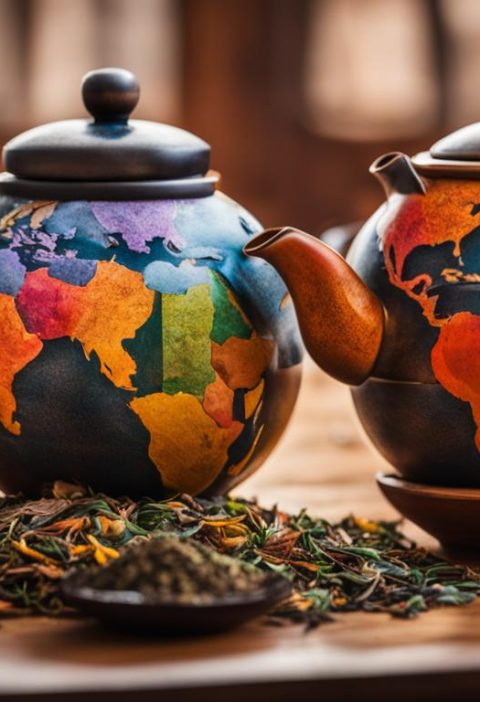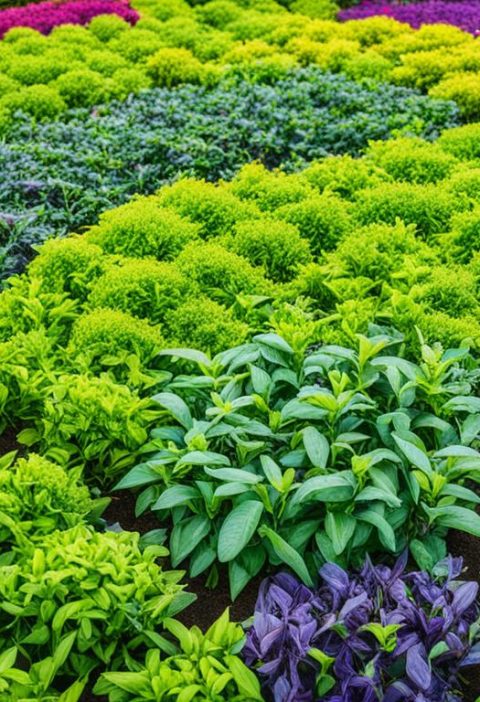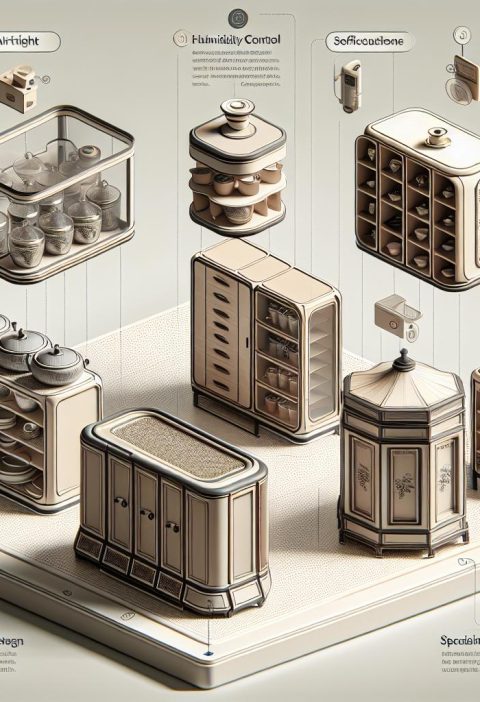So, we’re diving into the fascinating world of blending teas to create unique and delightful flavor profiles. When it comes to tea, the possibilities are truly endless. By combining different types of tea leaves, herbs, spices, and floral elements, we can craft blends that cater to our specific tastes and preferences. Whether you’re a tea aficionado looking to elevate your sipping experience or a newbie eager to explore the art of tea blending, this article is your guide to unlocking a world of flavors.
Join us as we uncover the secrets behind blending teas like a pro. From understanding the characteristics of various tea types to experimenting with diverse flavor combinations, we’ll walk you through the process step by step. Get ready to embark on a flavorful journey that will not only tantalize your taste buds but also deepen your appreciation for the intricate world of tea blending.
Understanding Different Tea Types
When it comes to tea, knowing the various types available is essential in mastering the art of blending for unique flavor profiles. Here’s a breakdown to help you navigate through the diverse world of tea:
For Beginners: Getting Started on the Right Note
- Green Tea: Light and grassy, perfect for a refreshing blend.
- Black Tea: Bold and robust, great for adding depth to your mix.
- Herbal Tea: Fragrant and caffeine-free, ideal for a soothing blend.
For Intermediate Blenders: Enhancing Your Flavors
- Oolong Tea: Semi-oxidized, offering a balance between green and black tea.
- White Tea: Delicate and subtle, a wonderful nuance to more complex blends.
- Pu-erh Tea: Earthy and rich, perfect for creating complex flavor layers.
- Matcha: Powdered green tea for intense, vibrant flavors.
- Yellow Tea: Rare and refined, adding sophistication to any blend.
- Blooming Tea: Artistic and visually stunning, a showstopper in blends.
Whether you are just starting or already have experience in tea blending, understanding the nuances of each tea type is a crucial step in crafting your own signature blends.
Selecting the Right Herbs and Spices

When it comes to creating unique flavor profiles in tea blends, selecting the right herbs and spices is crucial. Whether you are a novice or an experienced tea blender, choosing the perfect additions can elevate your blends to a whole new level. Let’s explore some tips tailored to different levels of expertise:
For Beginners: Mastering the Basics:
- Start with familiar herbs and spices like cinnamon or ginger to add depth to your blends.
- Experiment with mint or lemon for a refreshing twist.
- Keep it simple by using one or two herbs/spices in your blend to understand their individual flavors.
For Intermediate Blenders: Enhancing Your Blends
- Incorporate more complex flavors like cardamom or lavender to create layered profiles.
- Explore star anise or hibiscus for a unique and exotic touch.
- Consider the balance of flavors and aromas when combining multiple herbs and spices.
- Dive into rare herbs like elderflower or lemongrass for intricate flavor notes.
- Experiment with saffron or vanilla bean to add luxurious undertones to your blends.
- Focus on creating harmonious and complex flavor combinations that surprise and delight the palate.
Remember, the key to selecting the right herbs and spices is to understand their individual characteristics and how they interact with different tea bases. Whether you prefer bold and spicy blends or delicate and floral infusions, there is a world of possibilities waiting to be explored in the realm of tea blending.
Incorporating Floral Elements
Floral elements can add a delicate and aromatic dimension to tea blends, creating unique flavor profiles that cater to a variety of tastes and preferences.
For Beginners: Getting Started with Floral Flavors
- Start by experimenting with common floral options such as rose petals or chamomile.
- These flowers offer subtle hints of sweetness and fragrance that can complement different tea bases.
- Use a small amount at first to gauge how the flavor interacts with the tea.
For Intermediate Blenders: Elevating Your Blends with Floral Complexity
- Dive into more intricate floral choices like hibiscus or jasmine to enhance your blends.
- These flowers bring depth and complexity to the tea, adding layers of flavor for a more sophisticated taste.
- Blend different floral elements together to create harmonious combinations.
- Explore rare and exotic floral ingredients like osmanthus or blue pea flowers for a truly exceptional tea experience.
- These flowers offer distinctive flavors that can elevate your blends to new heights of creativity.
- Experiment with different steeping times and temperatures to unlock the full potential of each floral infusion.
Embrace the art of incorporating floral elements into your tea blends to create captivating and unforgettable flavor profiles that appeal to a wide range of tastes.
Experimenting with Flavor Combinations
When it comes to blending teas for unique flavor profiles, Experimenting with Flavor Combinations is key to discovering rich and harmonious blends. Whether you’re a novice tea enthusiast or a seasoned blender, there are endless possibilities to explore. Here’s how you can elevate your tea blending game:
For Beginners: Mastering the Basics
For those starting on their tea blending journey, begin with familiar flavors to build a solid foundation. Consider combining classic pairings like earl grey with lavender for a floral and citrusy twist. Mint with green tea is another excellent option for a refreshing and soothing blend. Start with small batches to test the waters and adjust the ratios to suit your taste preferences.
For Intermediate Blenders: Enhancing Your Blends
Intermediate blenders can venture into more complex flavor profiles by experimenting with a wider range of ingredients. Try incorporating spices like cinnamon and cardamom into black teas for a warm and aromatic blend. For a fruity infusion, combine hibiscus with dried fruits such as berries or apples. Don’t be afraid to mix and match different elements to create a unique and personalized tea experience.
For Experts: Advanced Techniques and Innovations
Seasoned tea connoisseurs can take their blends to the next level with innovative combinations that push the boundaries of traditional tea blending. Consider layering flavors by infusing tea with herbs like lemongrass or thyme for added depth. Experiment with smoky notes by incorporating lapsang souchong or adding floral essences like rose petals and jasmine for a sophisticated touch. Embrace the art of tea blending by exploring unexpected pairings and techniques that redefine the boundaries of flavor.
In the world of tea blending, creativity knows no bounds. Whether you’re just starting or have years of experience, the journey of experimentation and discovery is what makes tea blending a truly exciting and rewarding endeavor. Start exploring, mixing, and matching ingredients to create your signature blends that captivate the senses and elevate your tea ritual to new heights.
Tips for Blending Teas Like a Pro

For Beginners: Mastering the Basics
- Start with classic pairings like earl grey with lavender.
- Experiment with fruit and floral combinations like hibiscus with berries.
- Blend in small batches to adjust flavors easily.
- Use a teaspoon per cup ratio for balanced results.
For Intermediate Blenders: Enhancing Your Blend
- Explore spices and herbs like cinnamon with black tea.
- Try layering flavors for a nuanced taste experience.
- Consider smoky or floral notes for complexity.
- Experiment with different steeping times for depth of flavor.
- Incorporate rare and unique ingredients for exclusivity.
- Practice herb-infused oils or syrups for depth.
- Embrace tea cocktail blends for a modern twist.
- Create signature blends for a personalized touch.
| Actionable Tips for Tea Blending |
|---|
| Beginners |
| Intermediate Blenders |
| Experts |
Conclusion
We’ve delved into the art of blending teas, offering valuable insights for tea enthusiasts at every level. From classic pairings to exotic ingredients, the world of tea blending is rich with possibilities. Whether you’re a novice or a seasoned blender, there’s always room to experiment and create your own signature blends. By exploring different flavor profiles and techniques, you can elevate your tea experience and delight your taste buds with unique combinations. Embrace the creativity that comes with blending teas and let your imagination guide you on a flavorful journey. Cheers to endless tea blending adventures!
